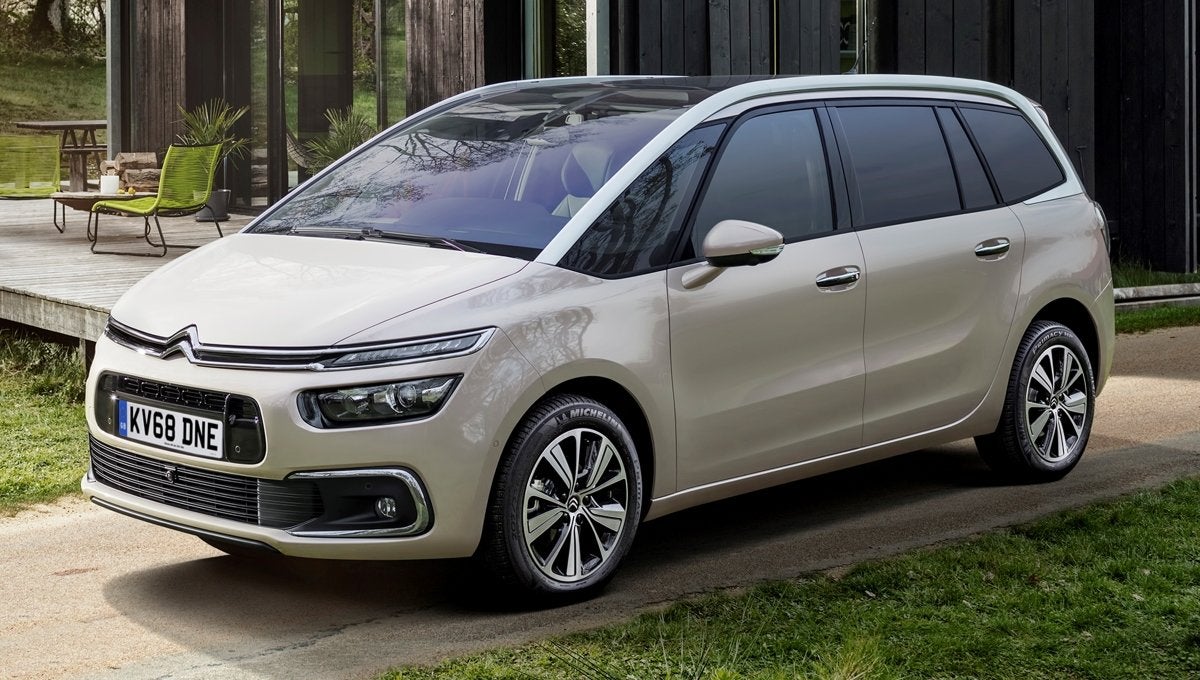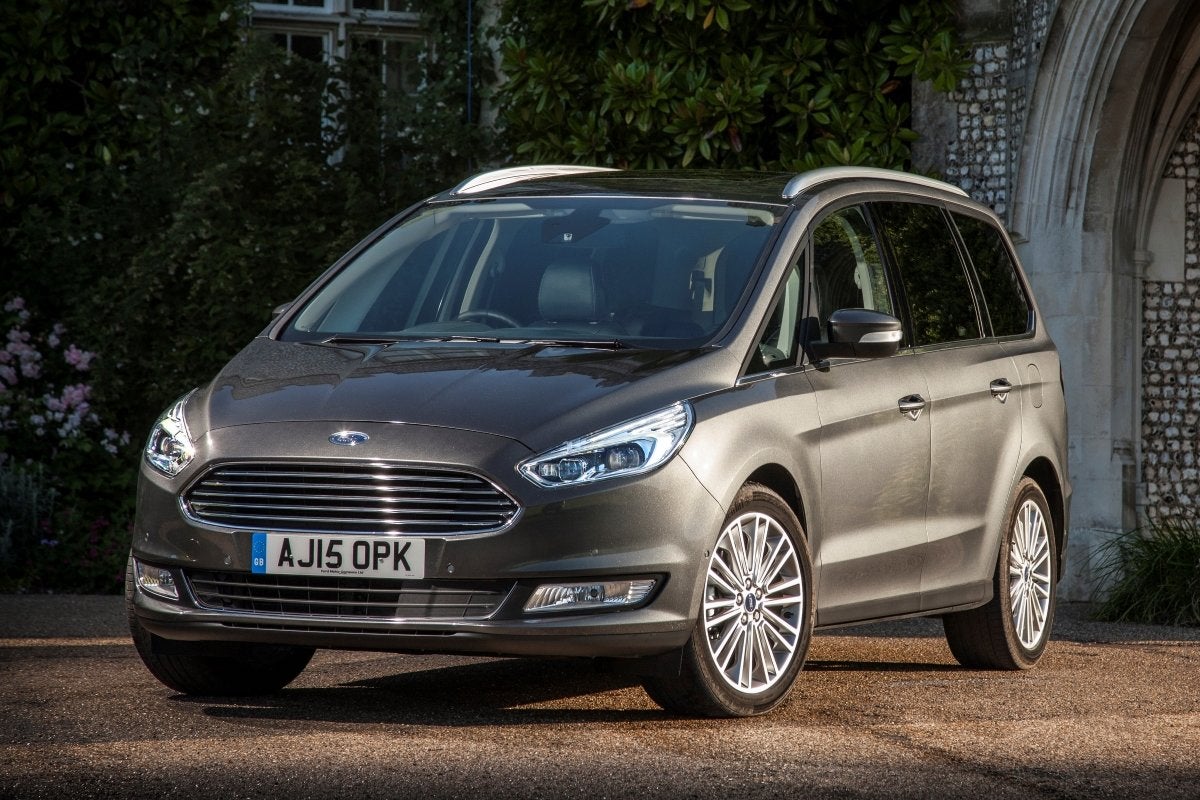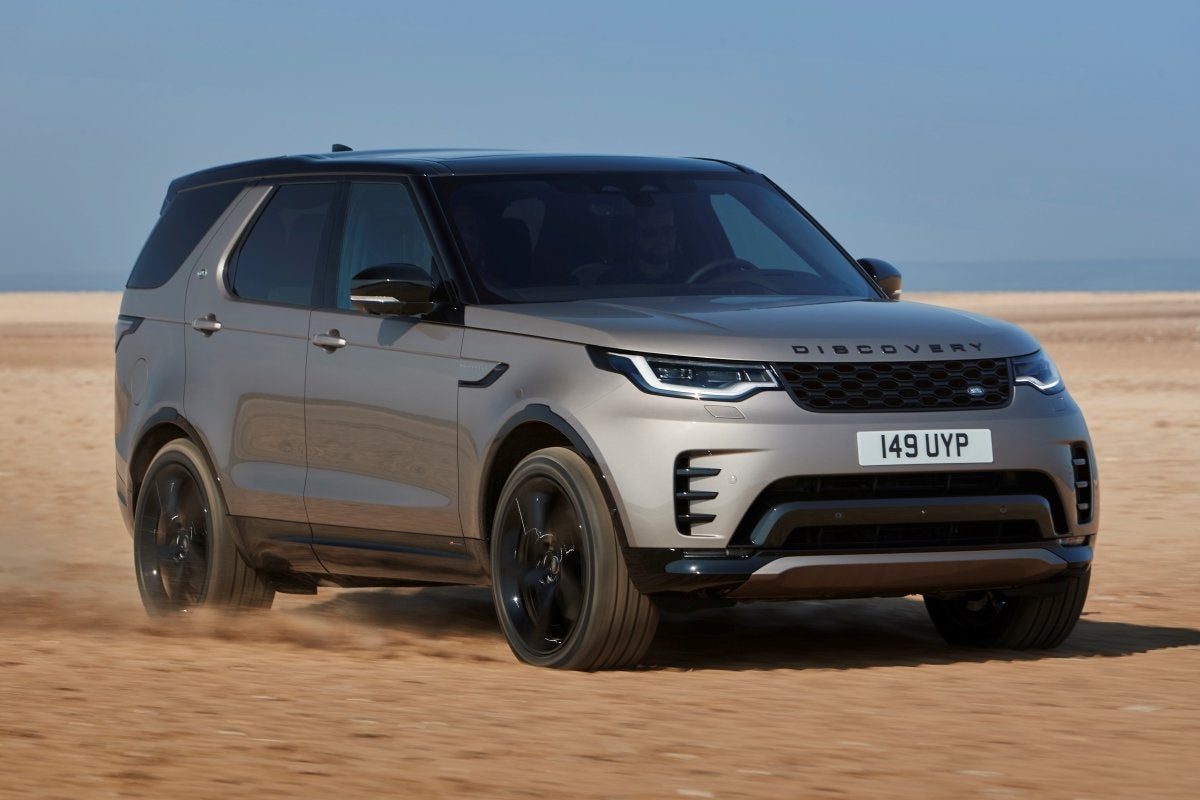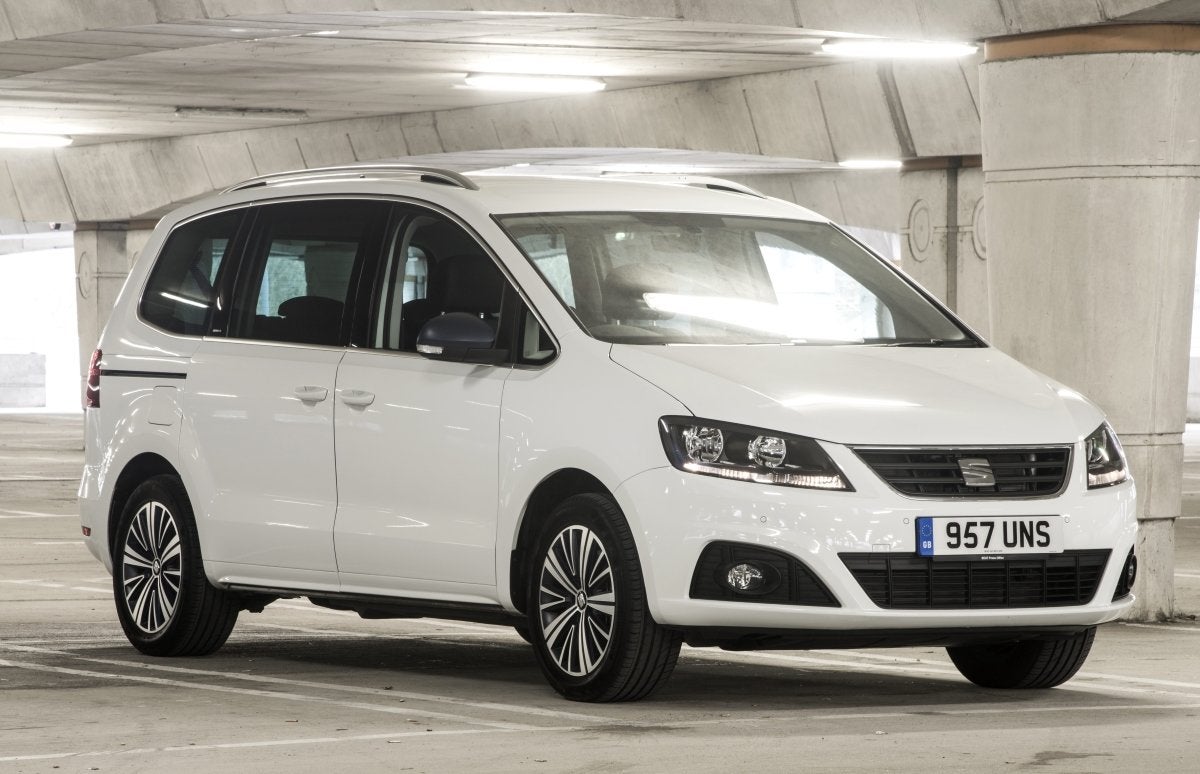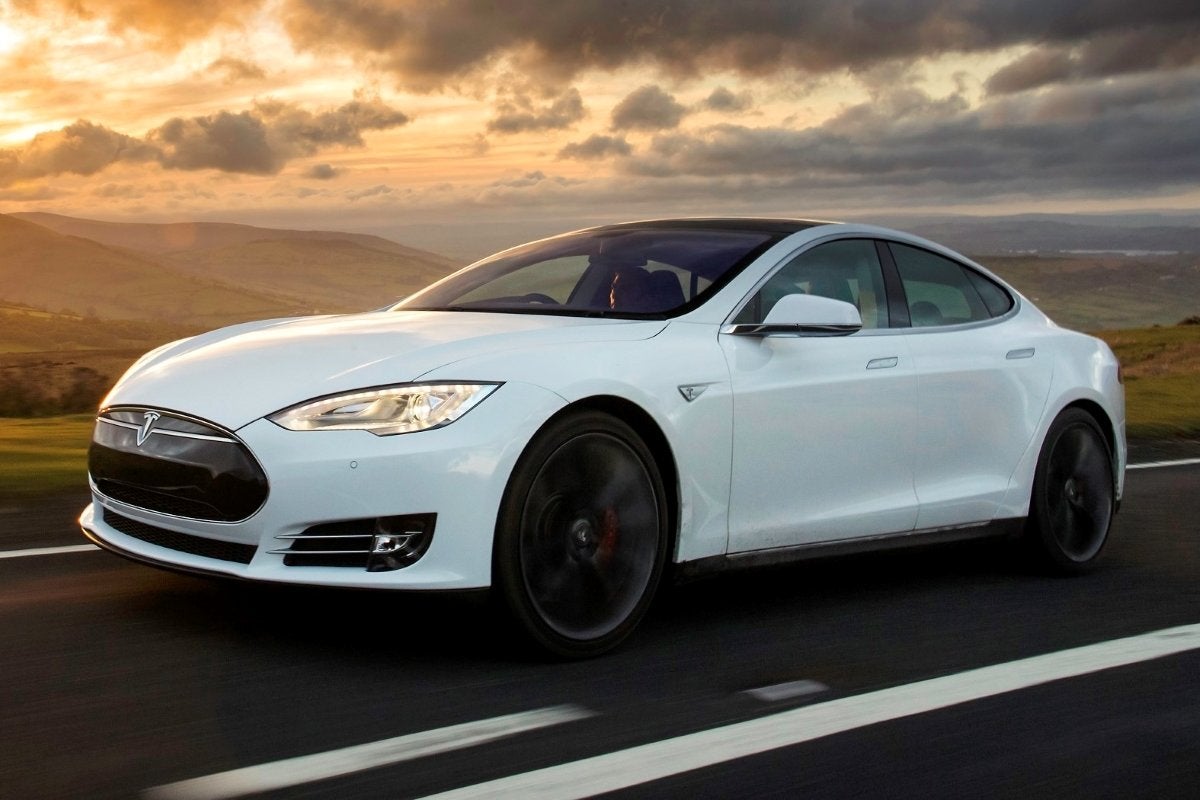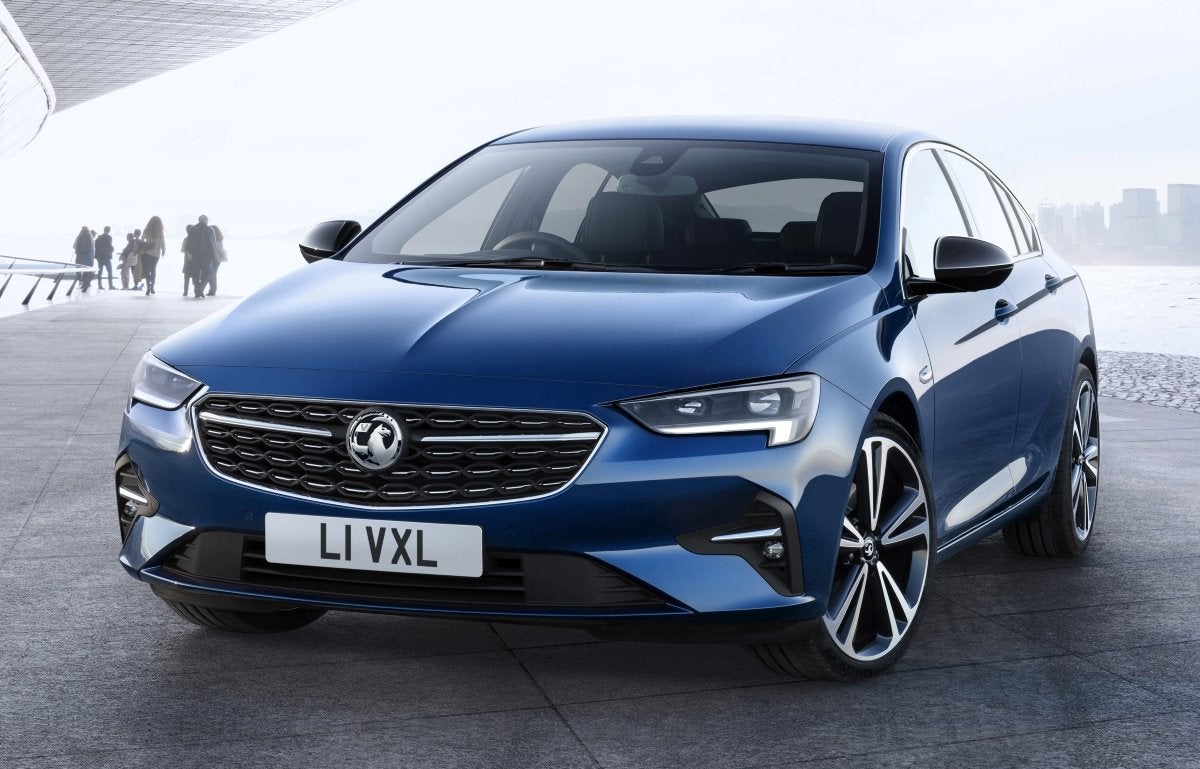Almost all modern cars have Isofix mounting points. These clever fixings make it much easier to install child car seats safely and consistently. To do this Isofix seats use secure attachments within the seat itself rather than relying on the car's seat belts. The majority of hatchbacks, MPVs (people carriers) and family SUVs have two sets of mounting points for Isofix child seats in the outer seats of the second row.
But what if you need room for three children? Then you'll need a car with three sets of Isofix mounts, ideally in the second row to leave the front passenger seat free for an adult. These are our favourite cars with three Isofix mounts or more.
The Best Cars for Three Isofix Child Seats 2024
- Audi Q7 (2015-)
- Citroen Grand C4 Picasso/SpaceTourer (2013-2022)
- Ford Galaxy (2015-)
- Land Rover Discovery (2017-)
- Peugeot 3008 (2016-)
- Seat Alhambra (2010-2020)
- Skoda Kodiaq (2024-)
- Hyundai Santa Fe (2024-)
- Tesla Model S (2014-)
- Vauxhall Insignia Grand Sport (2017-2022)
- Volkswagen Touran (2015-)
- Mercedes-Benz GLB (2019-)
- What is Isofix?
Audi Q7 (2015-)
Having three sets of Isofix mounts isn't the only thing to consider when looking for a car with room for three young children in the back. The width of the car counts for a lot, especially if the child seats are big and bulky. That's why large seven-seater SUVs like the Audi Q7 do such a good job of accommodating three children. The Q7 is roomy for two more passengers in the third row, but they'll need to clamber into the back before the child seats are fixed in place. It's more likely that the third row will be folded into the floor, in which case you'll have lots of room for bags. As well being practical, the Q7 is beautifully made, and it really is a very comfortable and luxurious car with styling that has aged very well. Models fitted with air suspension are especially comfortable; they’re supple over bumps but controlled enough to stop the kids getting car sick. It's right up with the BMW X5 and Volvo XC90 for driver appeal.
For a big seven-seat 4x4, running costs are reasonable, and as the car has now been on sale for several years you don't have to pay silly money for a used one, especially for an early high-mileage example.
Audi Q7 Review
Citroen Grand C4 Picasso/SpaceTourer (2013-2022)
Few 7-seater MPVs are as stylish as the Citroen Grand C4 Picasso (later renamed Grand C4 SpaceTourer), and few are so practical, either. There are three individual seats in the middle row, which can slide back and forth independently of each other. That's pretty much the ideal arrangement if you need to squeeze in three bulky child carriers. All three middle-row seats have Isofix mounts, so there's no faffing about with seat belts, and there’s plenty of space, with legroom and headroom to spare. It drives well, with an emphasis on comfort, and there's a choice of petrol and diesel engines, with the diesels in particular returning impressive fuel economy.
Safety is a high priority when choosing a family car, and the Grand C4 Picasso has a reassuring five-star rating from the experts at Euro NCAP. The big Citroen has been around for a good few years now, which is good news if you’re on a tight budget. High-mileage cars can be picked up for as little as £6,000.
Citroen C4 Grand Picasso Review
Ford Galaxy (2015-)
At nearly five metres long and almost two metres wide, the Ford Galaxy is a big car. That might make it a handful in a tight multi-storey car park, but it's a definite plus if you need to fit three child seats, and a trio of Isofix points is present and correct in the middle row. The individual seats slide back and forth independently to give added flexibility and help make room for all three child carriers, even if they're bulky. Once the kids are strapped in, you can start to load the boot, which is huge if the third row of seats is folded away, so there's no need to travel light.
Choose one of the more powerful petrol or diesel engines, and the Galaxy accelerates briskly, even with a full load of people and luggage on board. It rides and handles well, too, and it’s certainly one of the most enjoyable MPVs to drive; the smaller Ford S-Max is better still, but the Galaxy is the more practical of the two.
Ford Galaxy Review
Land Rover Discovery (2017-)
The Land Rover Discovery is one of the largest cars on sale, and there’s heaps of space inside. Whether you travel in the front, the middle or the back row of seats, there's loads of room to stretch out. All three middle seats have Isofix mounting points and, because the Discovery is so wide, there's enough space to make use of them.
The kids should be comfortable, thanks to the Discovery's exceptionally smooth ride. It's a quiet car at speed, with little wind- or road noise to disturb any youngster taking a nap. Even with seven seats upright, the boot is usefully large and, with the third row folded away, it's absolutely huge. In the unlikely event that your children's nursery is perched on top of a mountain, the Discovery is the car to choose. It will go further off road than seven-seat SUV rivals such as the Kia Sorento and Hyundai Santa Fe, with a host of electronic aids to help the driver tackle the most challenging terrain.
Land Rover Discovery Review
Peugeot 3008 (2016-2024)
The Peugeot 3008 does a lot of things very well. It's enjoyable to drive, comfortable to travel in and it looks stylish. It also has the all-important three sets of Isofix mounting points in the back seats. It's not the biggest or widest car, so it could be a bit of a squeeze if all three child carriers are bulky, so it’s best to try before you buy. However, as long as there's enough space, it’s a very fine family car. For a relatively small SUV, the 3008 has lots of room inside. Headroom is only an issue if you pick a Peugeot with a panoramic sunroof, while boot space is extremely generous.
Practicality isn't the only thing the 3008's cabin has going for it. It’s a stylish car on the inside as well as the outside, with a standard of finish that wouldn't be out of place in a car with a premium badge. If you are looking at the 3008 as a new car, you'll find it's fairly priced. As a used car, you can now pick one up for around £10,000 if you can live with a high-mileage example. Running costs will be low, too, especially if you pick a diesel. For those who need a car with three Isofix points plus the flexibility of an extra row of seats that fold out of the boot floor, the larger Peugeot 5008 is an excellent seven-seater.
Peugeot 3008 Review
Seat Alhambra (2010-2020)
It's no big surprise that the Seat Alhambra finds its way onto this list, because it’s an exceptionally roomy MPV. While no longer available to buy new, its practicality, cabin space, and value make it an outstanding choice on the used market. There are three sets of Isofix mounting points in the middle row, so it's just the ticket for a family of five. What's more, the sliding rear doors move right out of the way when you’re clambering in and out, which is a big help with children. It's handy to have a third row of seats when required, but if they're not needed, just fold them away and take advantage of the huge boot. There's a broad selection of petrol and diesel engines available and, while new car buyers may be turning their backs on diesel, it's still the fuel of choice if you plan to cover a lot of miles in a used Alhambra.
Seat Alhambra Review
Skoda Kodiaq (2024-)
Skoda Kodiaq buyers have a choice of five- and seven-seat versions of this popular SUV. Either way, it comes with two sets of Isofix mounting points in the second row of seats, plus another set for the front passenger seat. Whether you’re buying new or used (the previous version of the Kodiaq also features the same Isofix layout as the new model), the Kodiaq is one of the best cars of its kind. As well as the family-friendly practicality of all those Isofix mounts, it has a big boot and lots of room for the driver and front-seat passenger.
Skoda offers the latest Kodiaq with a broad line up of TSI petrol and TDI diesel engines, as well as a plug-in hybrid. Most models are well equipped, and if you choose one of the more expensive ones there's a long list of standard equipment. It scores well on safety, too, with a five-star rating when it was tested by Euro NCAP in 2024.
Skoda Kodiaq Review
Hyundai Santa Fe (2024-)
The latest Hyundai Santa Fe’s sci-fi styling means it stands out from the large SUV crowd — but its beauty is more than just skin deep. Inside, you’ll find lots of room for the whole family, with three generously proportioned rows of seats. In the middle row, the two outer seats are fitted with Isofix mounts, and you can fit two more Isofix car seats in the rearmost row.
With all seven seats in the upright position, there’s still enough space in the boot to stash a few bags of shopping or a pram — or you can drop one or both of the third-row seats to increase luggage room. Meanwhile, up front, the Santa Fe’s stylish dashboard and user-friendly layout make it a pleasant place to be. But the best part is the hybrid powertrain, which ensures the Santa Fe is surprisingly fuel efficient for such a big, petrol-powered car.
Hyundai Santa Fe Review
Tesla Model S (2014-)
The Tesla Model S has to be the most unlikely car on this list, because all-electric super saloons aren't the first thing that springs to mind for travelling with three children. However, there is room for three in the back, and each seat has Isofix mounting points.
Not only that, but the Model S proves its practicality as a family car in all sorts of other ways. There's a generous amount of luggage space, thanks to the Tesla's double boot (one in the front and one in the back), and the large interior means junior will need long legs to kick the back of one of the front seats.
As an electric car, the Model S has no exhaust emissions, and it’s quick as well as green. There are lots of different versions, some rear-wheel drive and some four-wheel drive, and all of them are fast – some insanely so. As an electric car pioneer, the Model S has been on sale for many years, which is good news for used car buyers, as early high-mileage examples are increasingly affordable.
Tesla Model S Review
Vauxhall Insignia Grand Sport (2017-2022)
The traditional three-box family car is out of favour these days, but there is an upside if you are shopping for one second-hand, because they can be absolute bargains. Most family hatchbacks have two sets of Isofix mounts in the outer rear seats, but the Vauxhall Insignia Grand Sport goes one better with additional mounts in the middle. Even so, we'd recommend checking that there's enough space for your needs before you buy, as the Insignia isn't as broad as some MPVs and SUVs.
If there is enough room for your three child seats, you'll find the Insignia a modern and capable family car. The diesels return 55mpg or thereabouts, and the petrols can average in the mid-40s, so it's an affordable car to run.
Most versions are well equipped, and safety is a given, as demonstrated by the Vauxhall's five-star safety rating from safety organisation Euro NCAP. A good car, then, but its main selling point is price, because you really do get a lot of car for your money.
Vauxhall Insignia Grand Sport Review
Volkswagen Touran (2015-)
The Volkswagen Touran goes head-to-head with the Citroen Grand C4 Picasso, because it’s another mid-sized seven-seat MPV. The Citroen is the more stylish of the two, but the Touran is every bit as practical. Like the C4 Picasso, the Volkswagen has three sets of Isofix mounts in the middle row of seats. The seats slide back and forth so, with a bit of juggling, you should find space for three child seats – even substantial ones.
There's room for two more passengers in the back, but if you’re looking for generous space in the third row, you may prefer Volkswagen's larger seven-seater, the Sharan.
From the driver's seat, the Touran drives well. Despite its extra height and size, the Touran handles much like a Golf hatchback. If you want an economical petrol for town driving, or a punchy diesel for long distances, VW has you covered. All in all, this is one of the best mid-sized SUVs, especially if you need the practicality of three sets of Isofix mounts.
Volkswagen Touran Review
Mercedes-Benz GLB (2019-)
The GLB is a compact seven-seat SUV from Mercedes. That alone will make it a tempting prospect for any family who wants to upgrade from mainstream brands such as Renault, Nissan, Honda et al. The GLB also offers flexibility when it comes to fitting up to three Isofix child seats, because in addition to the expected two mounting points in the outer rear seats, there’s a further two in the third row of seats.
This practicality is combined with an upmarket interior that’s packed with premium materials and features the glossy MBUX-backed infotainment setup. What’s more, the GLB is fairly unusual in that it’s a small SUV with four Isofix mounting points that’s also available in a range of trims that reaches from an enthusiast-oriented performance version (the 302bhp AMG GLB 35) at one end, to a full EV EQB) at the other.
Mercedes-Benz GLB Review
What Is Isofix?
Isofix is a system that allows you to easily fit a child seat - whether front-facing or rear-facing - into your car. It is standard in all new cars. To fit an Isofix child seat you attach clips that are mounted on the seat (or separate base unit in the case of a baby seat) to mounting anchor points built into the car’s chassis. You’ll find these where your car’s seat base meets the backrest.
If your child seat has its own belts to hold the child in place then in addition to the Isofix mounting points it’ll have either a support leg that rests on the floor of the car, or a top tether that connects to the back of the seat. These are designed to prevent the seat tipping forwards in the event of a crash. Isofix seats that use the car’s seat belt to secure the child do not need a support leg or top tether.
In an ideal world, all Isofix seats would fit all cars with Isofix mounting points. However, that is sadly not the case, so when choosing your car seat, you’ll also need to check the manufacturer’s website to ensure it is recommended for use with your car.


